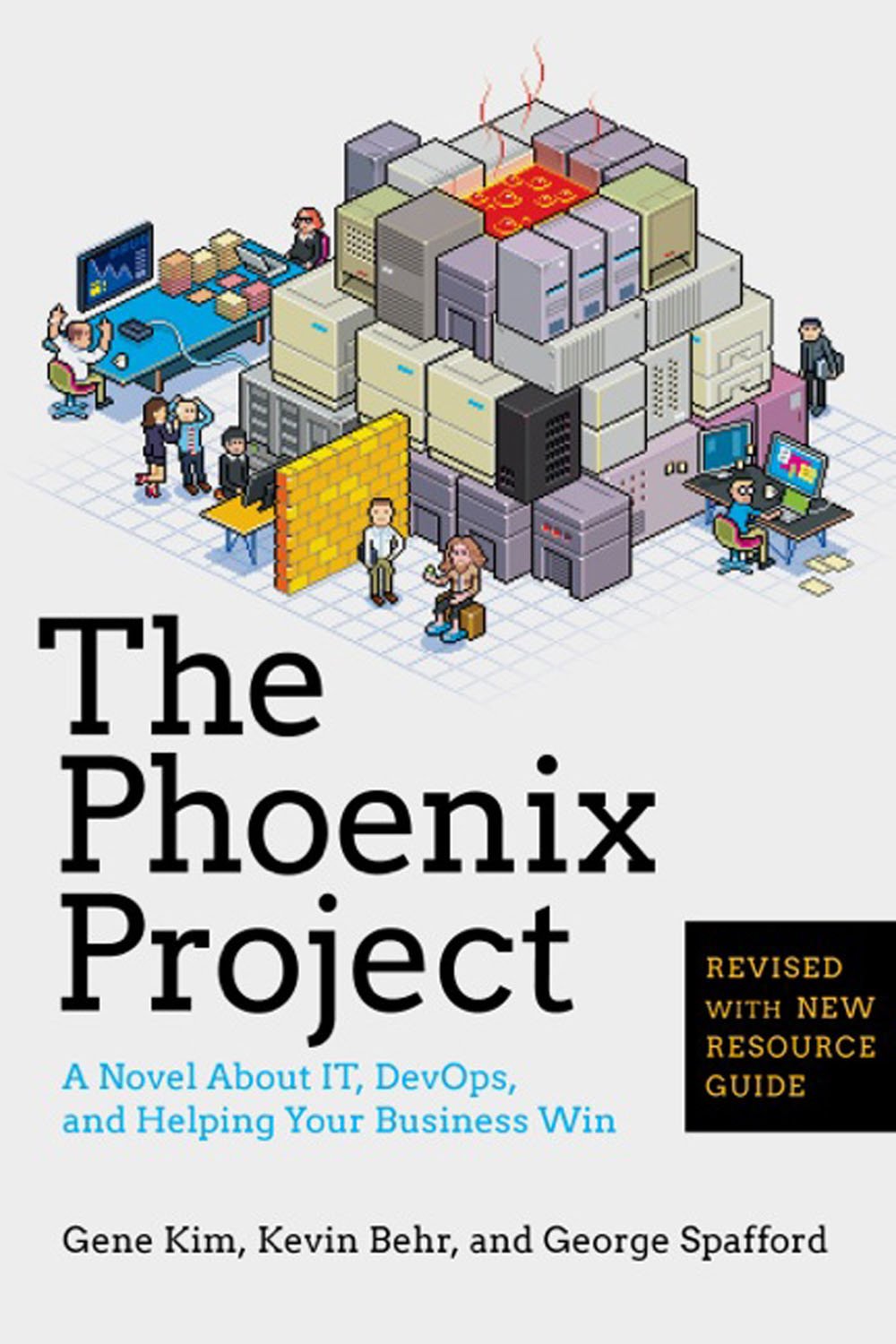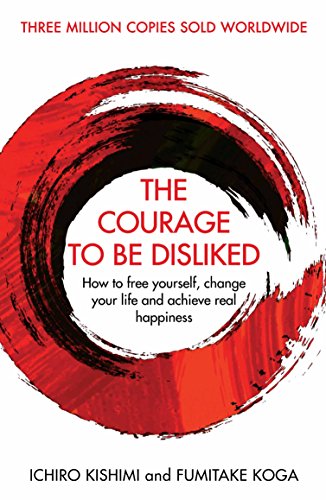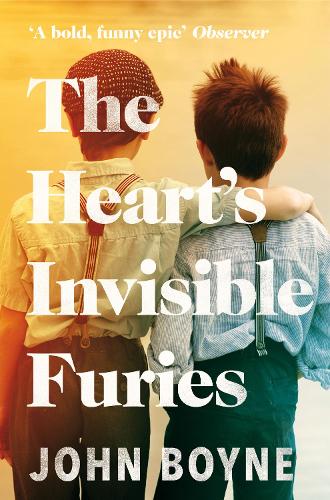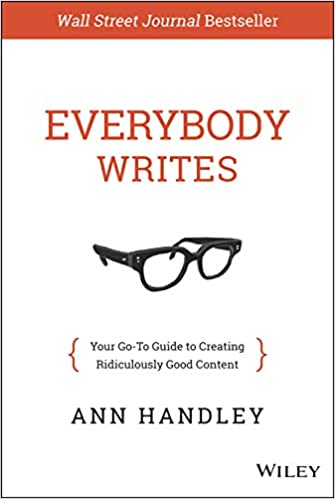
It’s the time of year where many of us like to reflect. Not only on the year just passed, but also on our goals and ambitions for the new year. Regardless of the goals you set, you’ll often find that reading inspirational books is a great way to align your priorities and ensure that you continue to learn new and interesting things that keep you engaged. At Labforward, we encourage all of our employees to read relevant material to not only help them grow as individuals but also to expand their knowledge and continue to learn a diverse range of skillsets. In this winter book recommendations blog, we cover some of the books that our team has recently read and enjoyed.
Here is a list of the books we have reviewed:
- Soraia – “The Phoenix Project: A Novel About IT, Devops, And Helping Your Business Win” by Gene Kim, Kevin Behr, and George Spafford
- Melanie – “The Courage To Be Disliked” by Ichiro Kishimi and Fumitake Koga
- Fiona – “The Heart’s Invisible Furies” by John Boyne
- Simon – “Deep Work – Rules for Focused Success in a Distracted World” by Cal Newport
- Phoebe – “Everybody Writes: Your Go-To Guide to Creating Ridiculously Good Content” by Ann Handley
The Phoenix Project: A Novel About IT, Devops, and Helping Your Business Win by Gene Kim, Kevin Behr, and George Spafford
Still unknown to many people, “DevOps” culture is gaining more importance in the IT world and is crucial to any organization. It builds a bridge between the development and operational part of a product and helps, therefore, to increase the software quality and to shorten the development life cycle. But what does that exactly mean? Why is it so important? How is this connected to business aspects?
The novel “The Phoenix Project” illustrates this in an easy, (also for non-techies!) understandable way and offers a look into the daily challenges of software development. This is made possible as the reader follows the exciting life of the recently promoted lead character, Bill Palmer, to a Vice President of IT Operations. Already after the first chapter, there is a risk of addiction and in my case, I read the book through within 2 days.
By comparing manufacturing with software development, certain patterns become quickly apparent: a dysfunctional relationship with different stakeholders, complex processes, unresponsiveness to customer requests, and quick industry changes. In this context, the “Three Ways” that define the DevOps movement are described and offer a wonderful way of understanding the true meaning of DevOps.


Reviewed by: Soraia Querido, Support & Documentation Specialist


Reviewed by: Melanie Hüttenrauch, Customer Success Manager
The Courage To Be Disliked by Ichiro Kishimi and Fumitake Koga
This book is a dialogue between a young man and a philosopher. The young man is deeply unhappy and struggles with self-acceptance. During the conversation, the philosopher gives advice that is based on theories of Alfred Adler, who is the pioneer of the mindfulness movement and, together with Carl Jung and Sigmund Freud, one of the most influential psychologists in history.
I deeply enjoyed reading this book during a long train ride, as it differs greatly from typical books about psychology. My key takeaways from this book are firstly, that life is not a timeline but individual points of events. Any point is a new moment with the possibility of a new outlook, independent of what happened in the past. Secondly, I learned that there is a way to free yourself from the anxiety of what other people might think about you by understanding the concept of “separation of tasks”. What other people think about you is their task, not yours. The book explains how to let go of things we can not influence anyway, such as other people’s thoughts.
The Heart’s Invisible Furies by John Boyne
This has definitely been one of my all-time favorite books. Having grown up in Ireland it’s always so interesting to me how much the country has changed in such a relatively short time. The Heart’s Invisible Furies opens in 1940’s rural Ireland and while this is a work of fiction, the stories are based on the reality of what life was like for women, and for the gay community growing up in such a conservative society.
The book follows the life of Cyril Avery, from his mother’s scandalous pregnancy at 16 all the way up to the end of his life. The first half of the book deals with his adolescence. Growing up in an adoptive household with parents that view him as more of a curiosity than a son. We follow his life in 7-year increments as he tries to find his place in the world struggling with the reality of growing up a gay man in a very conservative and Catholic Ireland.
Throughout the novel, we witness key moments in history, from the dominance of the church in Ireland to the liberation in 1980’s Amsterdam, the AIDS’ crisis as it swept through New York, 9/11 until eventually, we come back to Ireland when homosexuality has been decriminalized and we see the eventual legalization of gay marriage. As we are guided through his life, we are given a very raw insight into these significant moments in history and how they related to the LGBTQ+ community. Over the course of this novel, we watch Cyril as he goes through numerous emotional ups and downs, heartbreaks, and jubilation, finally becoming a man physically ravaged by time.
The Heart’s Invisible Furies is a dark novel occasionally marred with melodrama but lightened by the often funny dialogue. I would recommend this book to anyone. It gives a thought-provoking insight into the lives of the generations that went before us and their experiences that paved the way for a lot of the freedoms we take for granted today.


Reviewed by: Fiona Murphy, Digital Marketing Associate


Reviewed by: Simon Bungers, CEO/Co-Founder
Deep Work – Rules for Focused Success in a Distracted World by Cal Newport
The best way to understand Newport’s concept of “Deep Work”, is to understand what “shallow work” looks like. Shallow work can be characterized by checking your email and social media all the time, clicking through news websites, days full of meetings, and being responsive to every request. In short: It’s not really work. It is being distracted from the work that really matters. And this is why this book matters to me: As an entrepreneur you feel that you need to be present, visible, reachable and responsive, all the time. Although it is helpful to be like that to some degree, it can be a trap. You are prone to distractions and swamped with shallow work.
Soon, you realise that you are not setting directions anymore, but someone else is. Someone or something on social media, your employees, your investors, customers or partners. Everyone has requests and offers to make, your email inbox is barely manageable and your phone is constantly ringing or buzzing.
All of this is distracting and without making time for Deep Work, you cannot possibly set the right direction and do the right thing at the right time.
Deep Work is different to shallow work in that it requires you to plan ahead how you want to use your time. Deep Work requires you to be aware of the wildly important. as Newport writes, “The wildly important thing crowds out everything else, all the unimportant, shallow activities.”
While doing a Deep Work session, you have to work. Nothing else. No distractions, no change in plans, just execution of what you set out to do.
Everybody Writes: Your Go-To Guide to Creating Ridiculously Good Content by Ann Handley
I cannot recommend Handley’s book “Everybody writes” enough if you work in marketing or communications. In this go-to-guide, Handley delves into ways you can enrich your writing, helping you communicate effectively and produce consistently great pieces of work. The chapters are short, direct and easy to follow, giving you a concise set of guidelines and tips that can transform how you write and the overall quality of the messages of your work.
Like all good guides, it’s one that’s easy to return to, facilitated by the format of the chapters. Each starts with a short title that conveys the main message, followed by some in-depth guidance which allows you to quickly pinpoint a section you want to revisit at a later stage. Since reading this book, I’ve often reread chapters, using the techniques described in my own writing. I particularly like how the author includes chapters covering specific styles of writing for different purposes. There’s a chapter on writing blog posts, linkedin and other forms of social media posts, newsletters and landing pages. The breadth of writing styles that it covers makes it the perfect book to have on the shelf of anyone who is in marketing, or indeed anyone who writes professionally.
In particular, Handley’s emphasis on the importance of keeping writing simple, but not simplistic resonated with me. Handley encourages you to think critically. Often, there can be what’s referred to as “white space”, where the text does not add value to the overall message you’re trying to convey. Everybody writes offers some methods to ensure that every word, sentence and paragraph serves a purpose in delivering the message.
Handley also corrected some of my misconceptions I had picked up from school about writing. I was always taught that “good” sentences never start with a “but” or “because”. I’d always felt restricted by this, shuffling round words and changing sentence structures to comply with this rule. Learning to be flexible and apply these words when appropriate is something which has certainly helped improve my writing and will continue to have a profound influence on the work I produce for the foreseeable future.


Reviewed by: Phoebe Chubb, Digital Marketing Associate
That concludes our winter reading recommendations for the new year. We hope that you’ve found something within our selection that you would like to pick up.
Happy reading from all of us at Labforward!

Comments are closed.